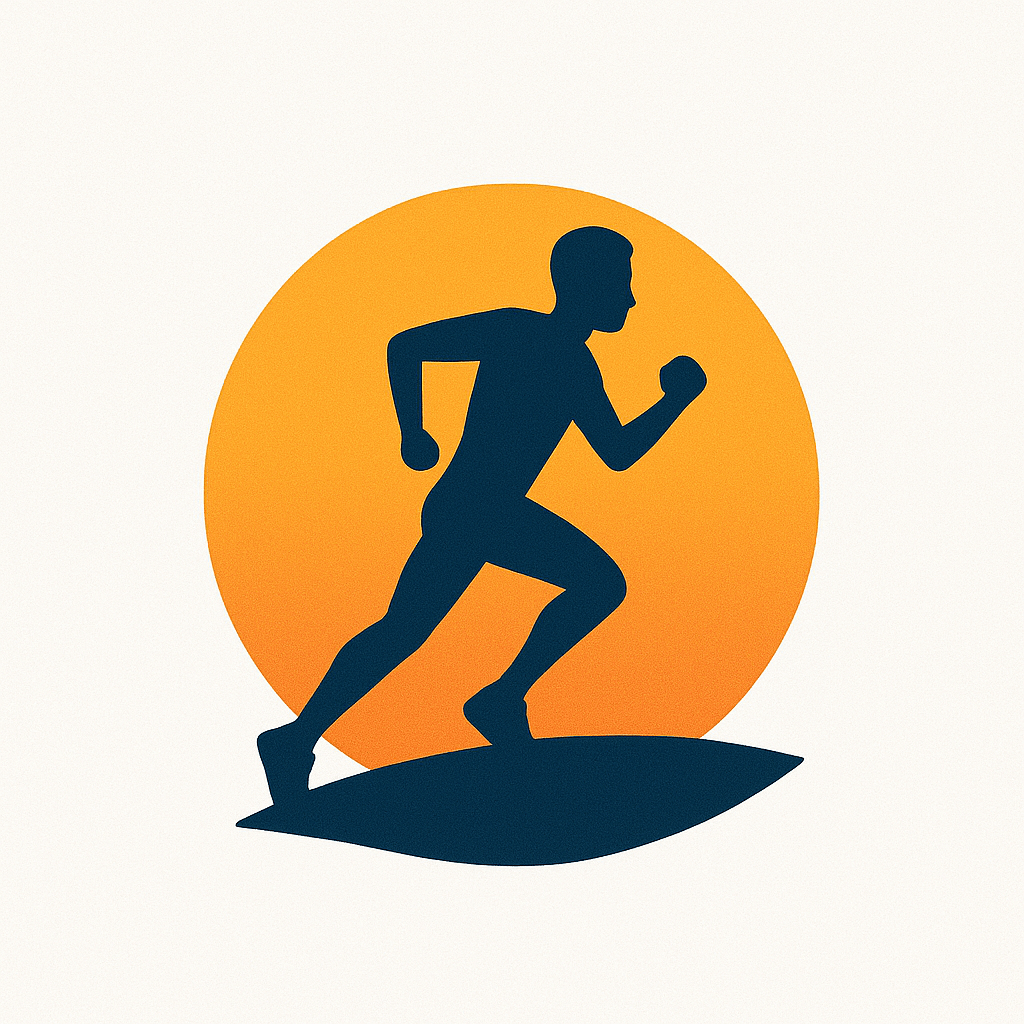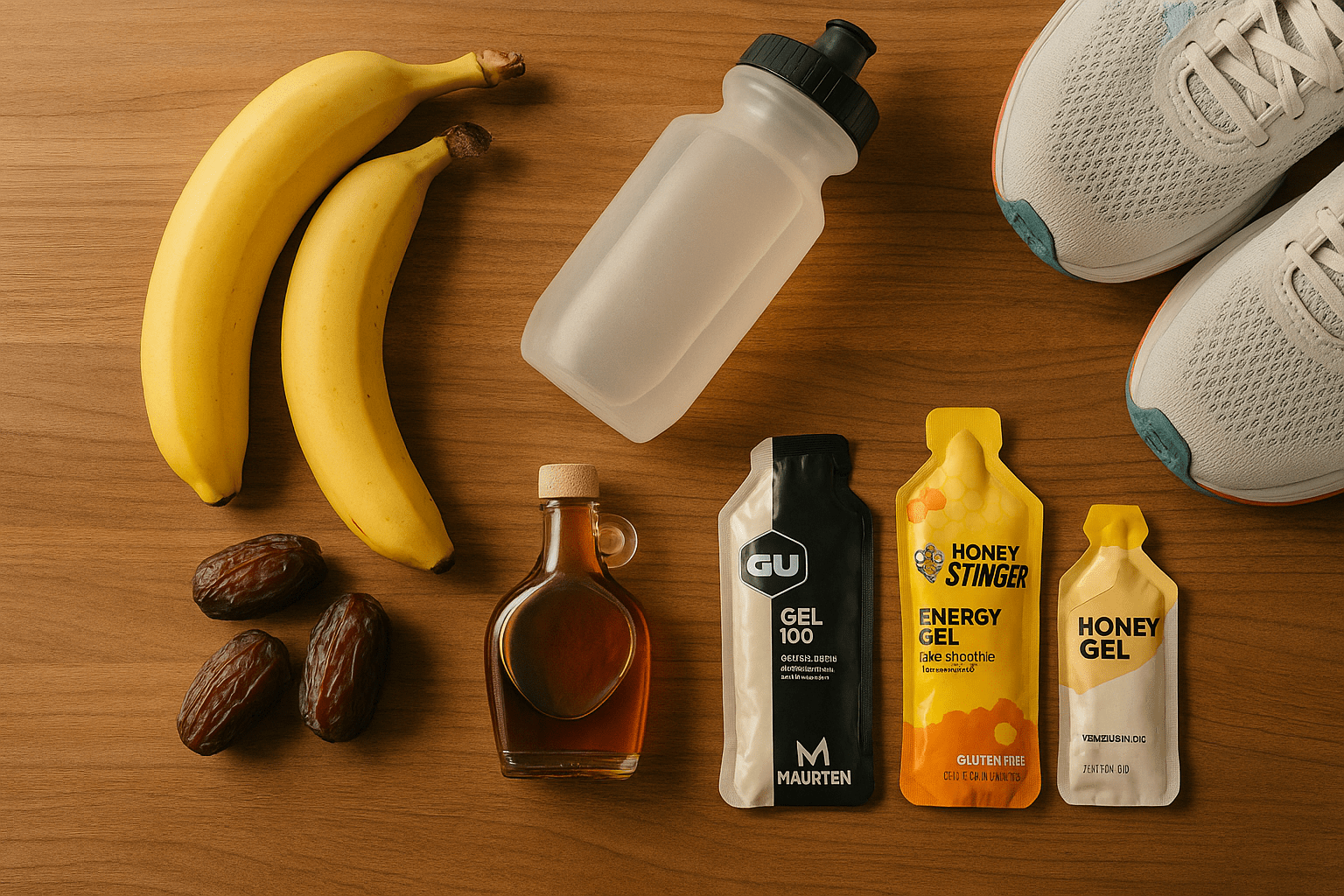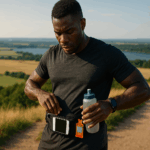Introduction: Why Fueling Right Can Make or Break Your Long Run
You know that feeling. You’re cruising through mile eight of your weekend long run, the playlist is fire, your stride feels smooth, and then—bam. Your legs turn to lead. Your mind fogs. Hunger pangs punch you in the gut.
Welcome to “the wall.”
It sneaks up when you’re least expecting it. But here’s the truth: it doesn’t have to. With the right fuel strategy, you can power through mile after mile feeling energized and in control. Whether you’re a seasoned marathoner or building toward your first half, understanding how to fuel your body during long runs can transform your experience from survival mode to smooth sailing.
Let’s break down the best energy gels on the market—and the natural alternatives that are winning over clean eaters and sensitive stomachs alike.
Understanding What Your Body Needs on a Long Run
Your muscles run on glycogen—a form of stored carbohydrate. But during prolonged exercise (think anything over 75 minutes), those stores get depleted. That drop in available fuel is what causes the dreaded crash.
To keep going strong, your body needs a steady influx of carbohydrates during the run. Most experts recommend 30-60 grams of carbs per hour, depending on your size, pace, and metabolic rate.
Without it, you risk hitting the wall, experiencing GI distress, or simply slowing way down.
Fueling right is part science, part trial and error. Let’s start with what the science supports: energy gels.
Top Energy Gels for Runners (Based on Real Feedback and Nutrition Science)
1. GU Energy Gels
Tried-and-true, GU gels offer a solid blend of quick-digesting carbs (maltodextrin and fructose), electrolytes, and amino acids. They come in dozens of flavors and caffeine options. The texture is thicker, so take it with water for easier digestion.
2. Maurten Gel 100
This gel has a cult following among elite athletes for a reason. It uses hydrogel technology to deliver carbs efficiently with minimal GI impact. With 25g of carbs per packet and a clean ingredient list, it’s ideal for sensitive stomachs.
3. Honey Stinger Energy Gel
Made from organic honey and tapioca syrup, these gels appeal to runners who want natural, familiar ingredients. The texture is smoother than most and they’re easier to digest for some.
4. SIS GO Isotonic Energy Gel
Unlike many gels, SIS GO is isotonic, meaning it’s designed to be taken without water. This can be a game-changer if you don’t have access to hydration or need fast energy on the go. It’s thinner and lighter in taste.
5. Clif Shot Energy Gel
These are a bit thicker, but they deliver dependable energy and come in fun, bold flavors. They’re great for training runs where you’re testing tolerance and pacing nutrition.
How to Use Gels Without GI Distress
The #1 mistake runners make? Taking a gel without water or too late into the run.
Here are a few key tips:
- Take a gel every 30-45 minutes during long runs longer than 75 minutes.
- Drink water with your gel (at least a few sips) to help it digest quickly.
- Practice your fueling strategy on training runs—never try something new on race day.
Your gut can be trained just like your legs. With consistent practice, you’ll find what works for you.
Natural Alternatives to Energy Gels
Maybe you prefer real food. Maybe you want to avoid processed sugars. Good news: there are great natural alternatives.
1. Medjool Dates
These natural sugar bombs are portable, sweet, and packed with potassium. One or two dates can provide 20-30g of carbs. Just pit them first!
2. Homemade Chia Gel Packs
Mix chia seeds, coconut water, a dash of maple syrup, and a splash of lemon juice. Let it sit to gel, and carry in a soft flask or squeeze pouch. You’ll get omega-3s, slow-release carbs, and hydration in one.
3. Banana Halves
It doesn’t get simpler. Bananas provide quick energy, potassium, and are gentle on the stomach. Cut in half and wrap in foil or store in a reusable pouch.
4. Maple Syrup in Soft Flasks
Maple syrup has a nearly perfect glucose-fructose ratio for fast absorption. It’s natural, mineral-rich, and easy to sip mid-run.
When to Choose Gels vs. Natural Options
Choose gels when:
- You’re racing and need fast, predictable energy
- Convenience matters (easy to stash and open)
- You’re following a tested fueling plan
Choose natural options when:
- You want clean ingredients
- You’re sensitive to additives or caffeine
- You’re training and experimenting
You can also combine the two. A gel at mile 5, a date at mile 8, and so on. Blending strategies keeps energy steady and boredom at bay.
Tips to Test and Choose What Works Best for You
Fueling is deeply personal. Here’s how to dial in your plan:
- Experiment on long runs: Use your weekend long runs to test different fuels.
- Track what you eat and how you feel: Note energy levels, stomach reactions, and timing.
- Start early: Don’t wait until you’re tired to take your first gel.
- Listen to your gut: Literally. If something upsets your stomach, skip it.
This trial-and-error approach helps you build a custom strategy that feels second nature by race day.
Conclusion: Fuel Smart, Run Strong
Every long run is a chance to learn your body better. The right fuel doesn’t just power your miles—it powers your confidence.
You don’t have to bonk. You don’t have to gamble with your gut. You just have to start testing what works, stay curious, and be kind to yourself along the way.
Fueling isn’t about perfection. It’s about progress. And with each step, each gel, each banana half, you’re building toward a stronger, more resilient version of you.
So next time you lace up, bring your fuel, trust your plan, and run with power.
You’ve got this.





